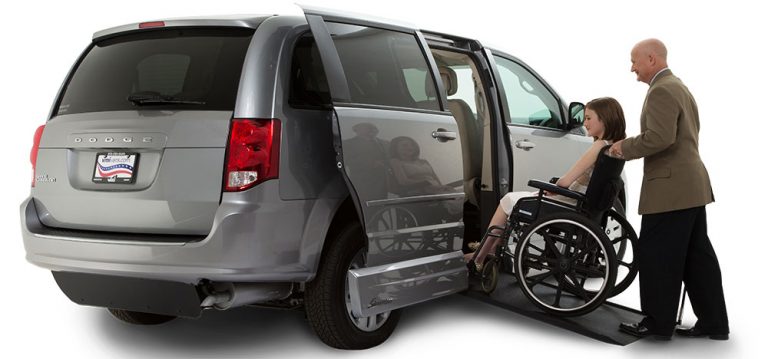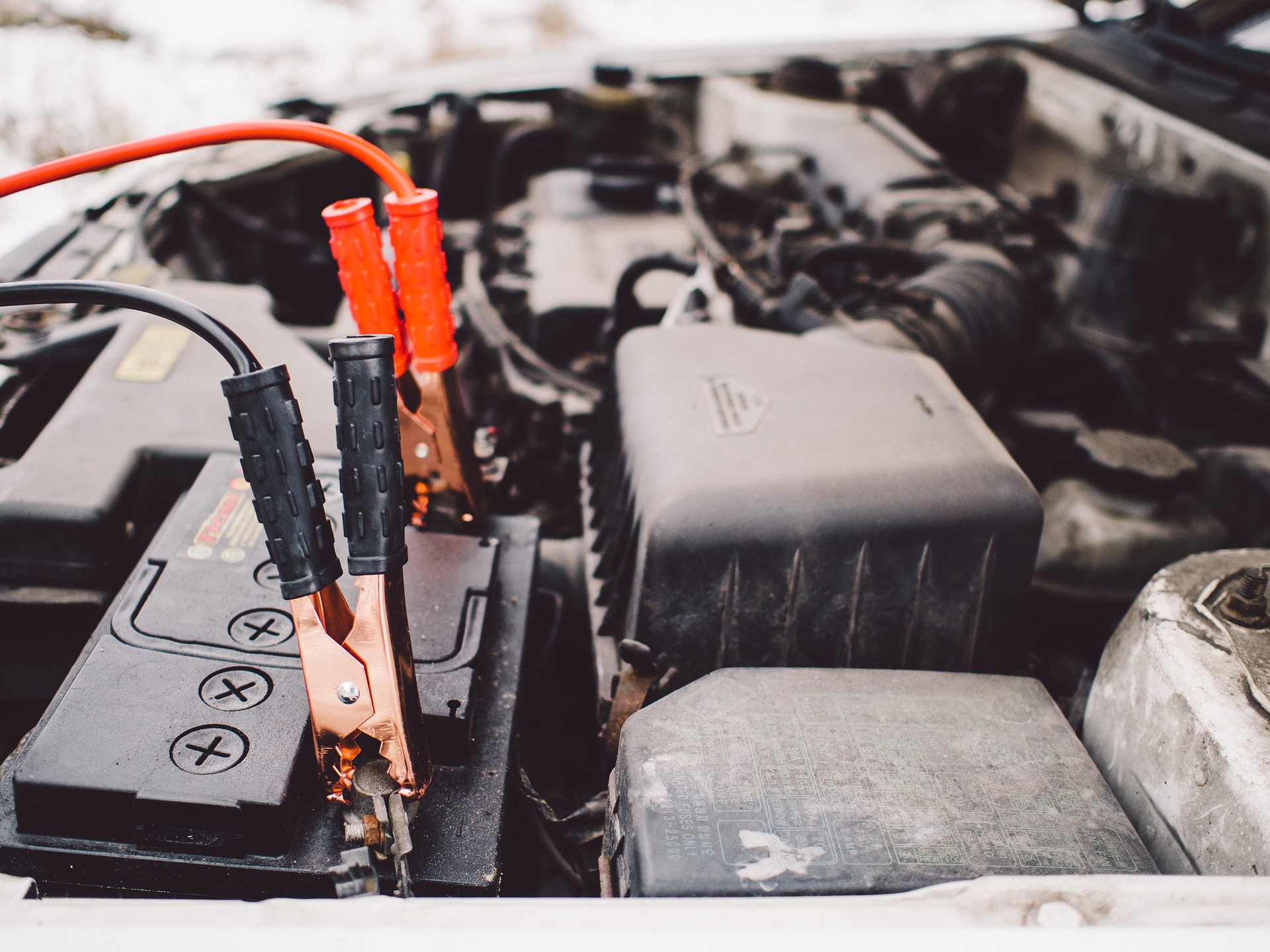For most people, travel involves making a lot of arrangements, including obtaining a rental car for the duration of the trip. Those with disabilities need to go about the process a little differently. Many individuals who use wheelchair accessible vans don’t take these vehicles with them when they travel. Rather, they prefer to rent one when they arrive at their destination. But assuming that a rental car company at the airport will be able to provide a handicap van could prove to be a disastrous mistake. Planning is essential for a successful, worry-free trip. Here are some tips to keep in mind when renting a wheelchair van at your destination.
Tips To Keep In Mind When Renting Wheelchair Van At Your Destination
1. Plan Ahead
Renting a wheelchair accessible vehicle is not something you can wait until the last minute. Make sure to plan and book everything ahead of time and re-confirm. This includes planning the company you will use, how you will get there from the airport, what kind of vehicle you will need, how long you will need it, how you will return the van, and what the total cost will be. This can help eliminate surprises and unnecessary frustration.
2. Look Outside of the Airport:
Renting a vehicle from a kiosk at the airport includes high fees and taxes. Also, there is no guarantee that there will be a vehicle available that meets your needs. It’s often less hassle to choose a conversion van dealer off the airport. The dealer may even offer airport pick up and drop off making your rental a smooth transaction. Just be sure to call and make arrangements with the dealer in advance and re-confirm prior to arrival.
3. Does the Rental Car Company Offer Wheelchair Vans?
Not all rental car companies will be able to provide a handicap van. Its best to make sure you call the rental agency at the location where you will be renting and ask if they rent wheelchair accessible vehicles. Because inventories change, it’s a good idea to speak with someone at the rental location to make sure they have an accessible vehicle. Find out the kind of accessibility they offer, such as ramps or lifts. For example, some rental companies offer adaptive equipment, but not lift-equipped vans.
4. Make Sure the Handicap Van Will Accommodate Your Needs:
All wheelchair-accessible vans are not alike. Each make and model has its own specifications, features, seating, and cargo capacity. Make sure the one you choose will adequately accommodate the needs of your passengers and luggage.
5. Consider a Conversion Van Dealer:
Sometimes, a rental car company simply cannot accommodate your special needs. You may need to contact someone at your destination who specializes in wheelchair-accessible vehicles. A conversion van dealer may be able to provide you with a wheelchair-accessible van to serve your needs for the duration of your trip. Whenever you make the selection of the wheelchair van in your destination keep these factors in mind.
Use These Tips to Reduce Stress on Your Trip:
Traveling doesn’t have to be stressful, even if you or a loved one are traveling with disabilities. Make sure your wheelchair van rental will accommodate your special needs. It will make your trip much more enjoyable and worry-free.
Read Also:
Feature Image: Source






















